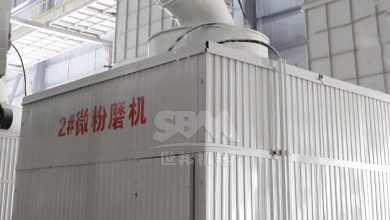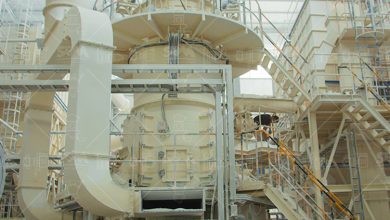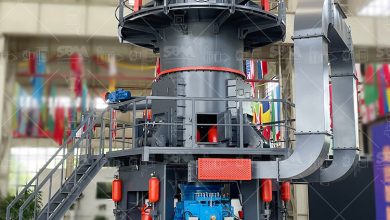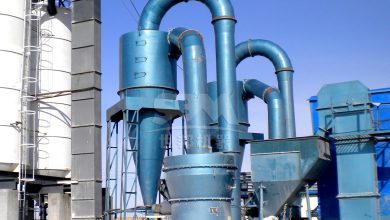10 Essential Tips for Operating a Small Grinding Mill Efficiently
10 Essential Tips for Operating a Small Grinding Mill Efficiently
Operating a small grinding mill efficiently requires a combination of proper equipment selection, maintenance practices, and operational techniques. Whether you’re processing minerals, aggregates, or other materials, these 10 tips will help you maximize productivity while minimizing downtime and energy consumption.
1. Choose the Right Mill for Your Application
Selecting the appropriate grinding mill is crucial for efficient operation. Consider factors such as:
- Material hardness and abrasiveness
- Required output fineness
- Production capacity needs
- Available power supply
For ultra-fine grinding applications (45-5μm), ZENITH’s XZM Ultrafine Mill offers exceptional performance with its high-precision grading system and energy-efficient design. With output fineness ranging from 325-2500 mesh and capacity up to 25 ton/h depending on model, it’s an ideal solution for precision grinding operations.
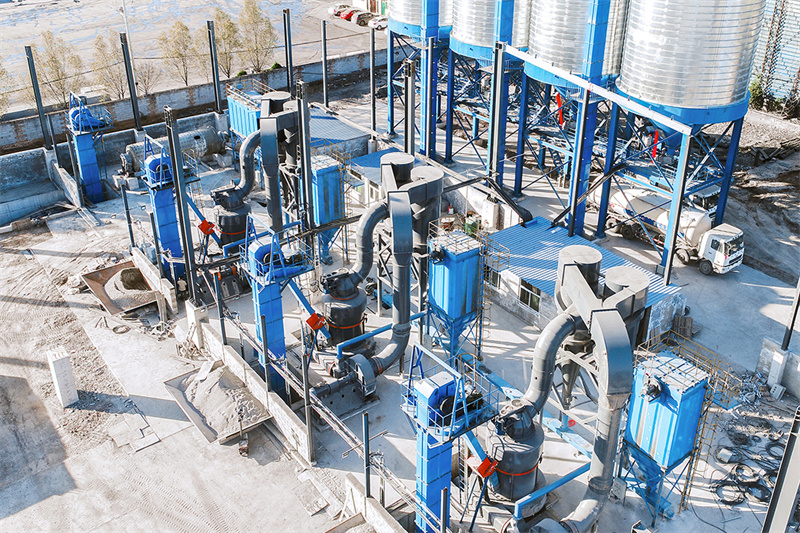
2. Maintain Proper Feed Size
Always ensure your feed material meets the mill’s specified input size requirements. Oversized material can:
- Reduce grinding efficiency
- Increase wear on components
- Cause unnecessary power consumption
For mills like our MTW Series Trapezium Mill with a maximum input size of 50mm, consider pre-crushing larger materials to optimize performance.
3. Optimize Material Moisture Content
Excessive moisture can lead to:
- Material sticking to grinding surfaces
- Reduced throughput
- Increased energy consumption
For most grinding applications, aim for moisture content below 15%. Some specialized mills like our Vertical Slag Mill series can handle slightly higher moisture levels while maintaining efficiency.
4. Implement Regular Maintenance Schedules
Preventive maintenance is key to avoiding unexpected downtime. Focus on:
- Wear part inspection and replacement
- Lubrication system checks
- Belt and chain tension adjustments
- Vibration monitoring
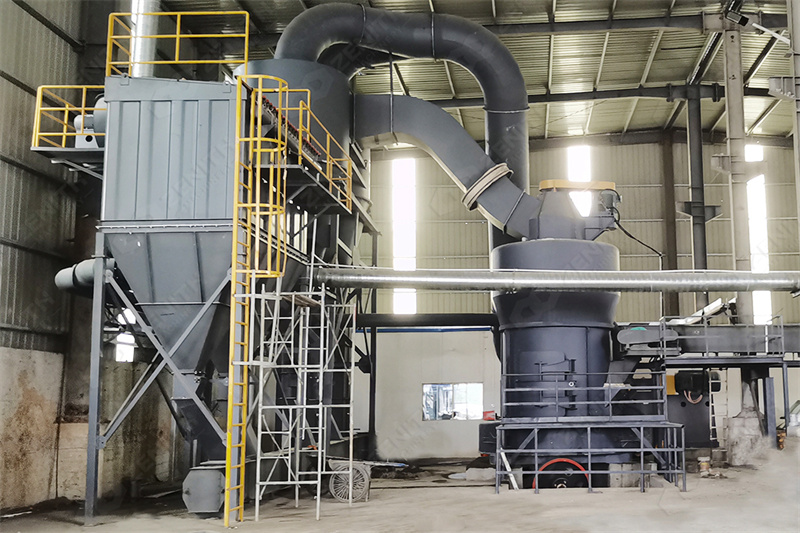
5. Monitor and Control Operating Parameters
Key parameters to track include:
- Motor current draw
- Grinding pressure
- Feed rate consistency
- Product fineness
Modern mills like our LUM Ultra-fine Vertical Mill feature PLC automation systems that help maintain optimal operating conditions automatically.
6. Balance Feed Rate with Grinding Capacity
Avoid overfeeding or underfeeding your mill:
- Overfeeding leads to poor grinding efficiency and potential equipment overload
- Underfeeding wastes energy and increases wear without productive output
Refer to your mill’s specifications for recommended feed rates. For example, our MTM Series Medium-speed Trapezium Mill offers capacities from 3-22 ton/h depending on model and application.
7. Optimize Classifier Settings
Proper classifier adjustment ensures:
- Consistent product quality
- Minimal overgrinding
- Energy efficiency
Our XZM Ultrafine Mill’s vertical turbine classifier provides precise particle size control, allowing operators to achieve the exact fineness required for their application.
8. Implement Effective Dust Collection
A well-designed dust collection system:
- Maintains clean working conditions
- Prevents product loss
- Ensures environmental compliance
ZENITH mills incorporate advanced pulse dust collectors with efficiency exceeding international standards, keeping emissions below 20mg/m³.
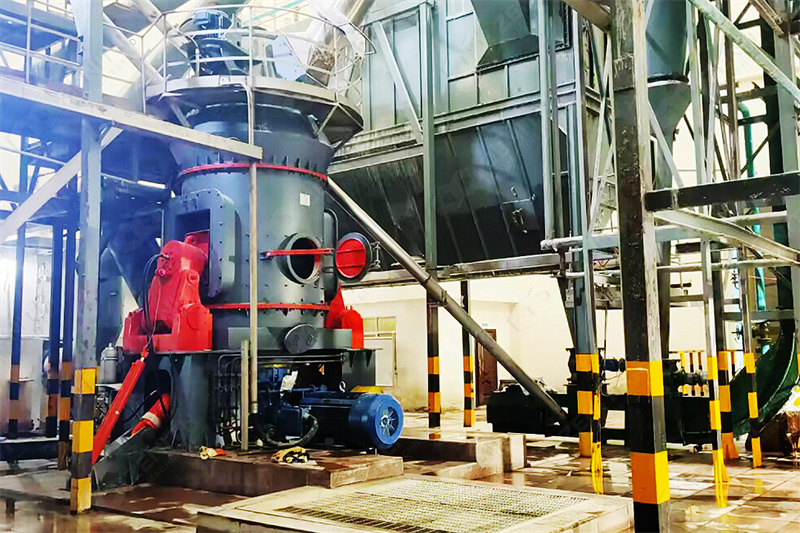
9. Train Operators Thoroughly
Well-trained operators can:
- Recognize early signs of equipment issues
- Make proper adjustments during operation
- Perform basic maintenance tasks
ZENITH provides comprehensive training with every equipment purchase, ensuring your team can operate and maintain your grinding mill effectively.
10. Keep Spare Parts On Hand
Maintain an inventory of critical spare parts to minimize downtime:
- Grinding rolls/rings
- Wear plates
- Belts and bearings
- Filter bags for dust collectors
For mills like our MTW Series Trapezium Mill with its innovative wear-resistant shovel design, having replacement parts available can significantly extend service intervals.
Conclusion
Efficient operation of a small grinding mill requires attention to equipment selection, operational parameters, and maintenance practices. By implementing these 10 tips and choosing high-quality equipment like ZENITH’s XZM Ultrafine Mill or MTW Series Trapezium Mill, operators can achieve optimal performance, product quality, and equipment longevity. Remember that proper training and a proactive maintenance approach are just as important as selecting the right equipment for your specific application.
With over 30 years of experience in grinding technology and a global service network, ZENITH is committed to helping customers maximize their grinding operations’ efficiency. Our team of experts can provide customized solutions and ongoing support to ensure your grinding mill performs at its best throughout its service life.


